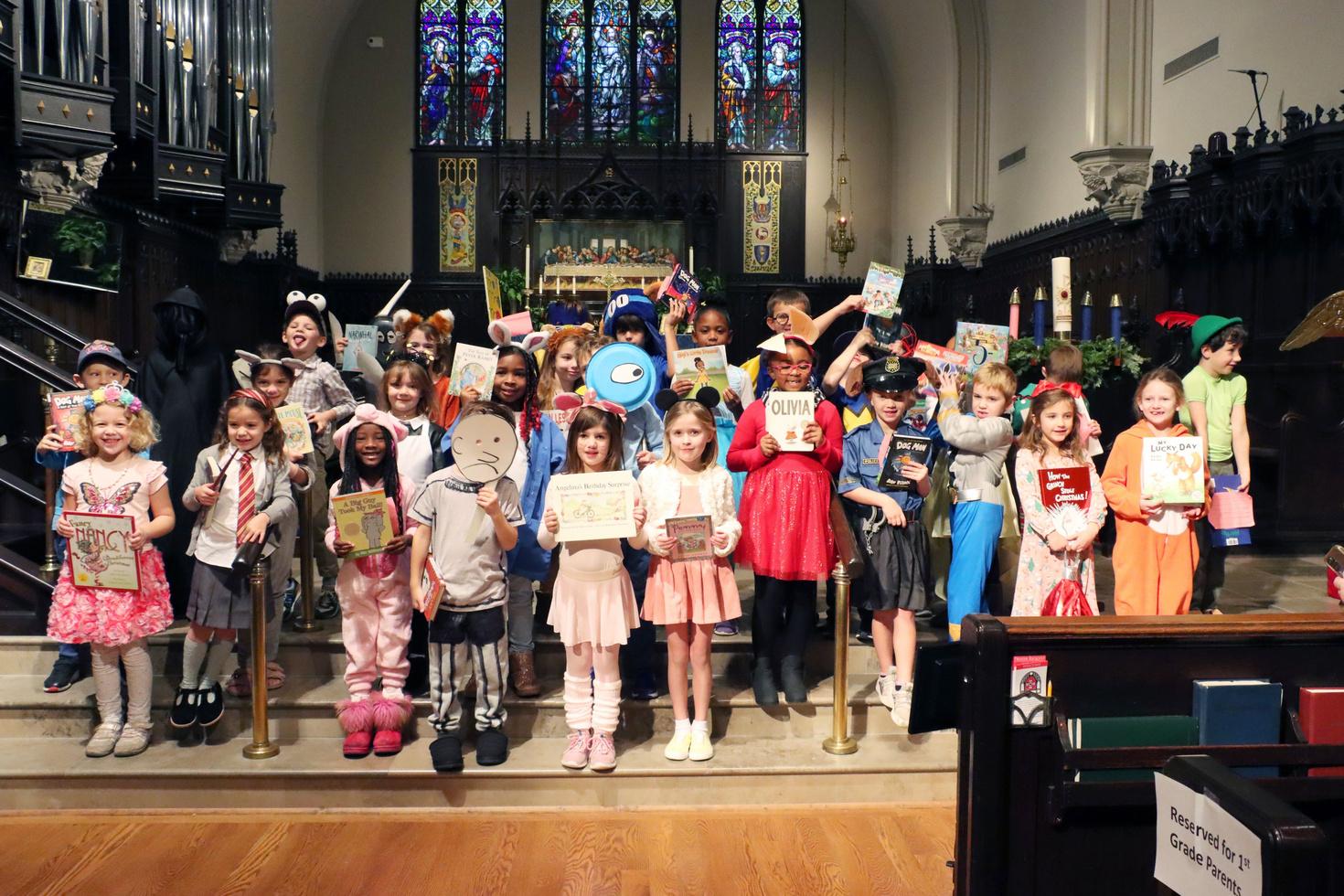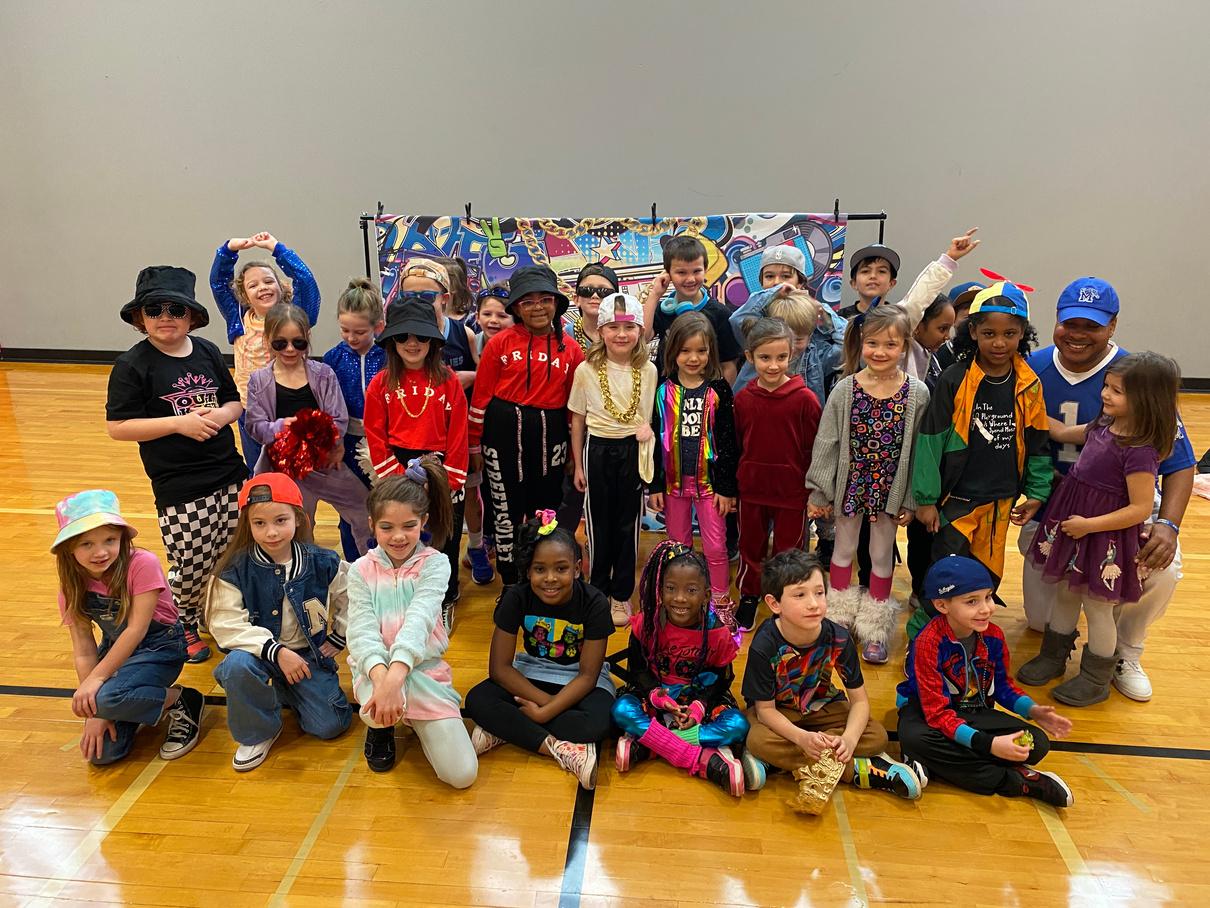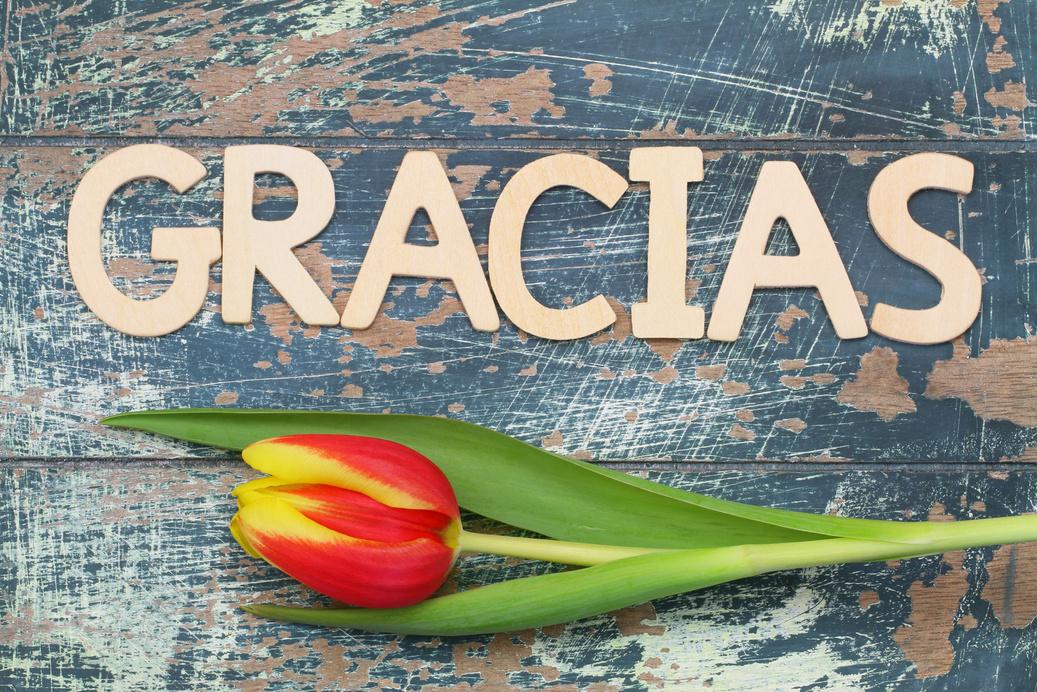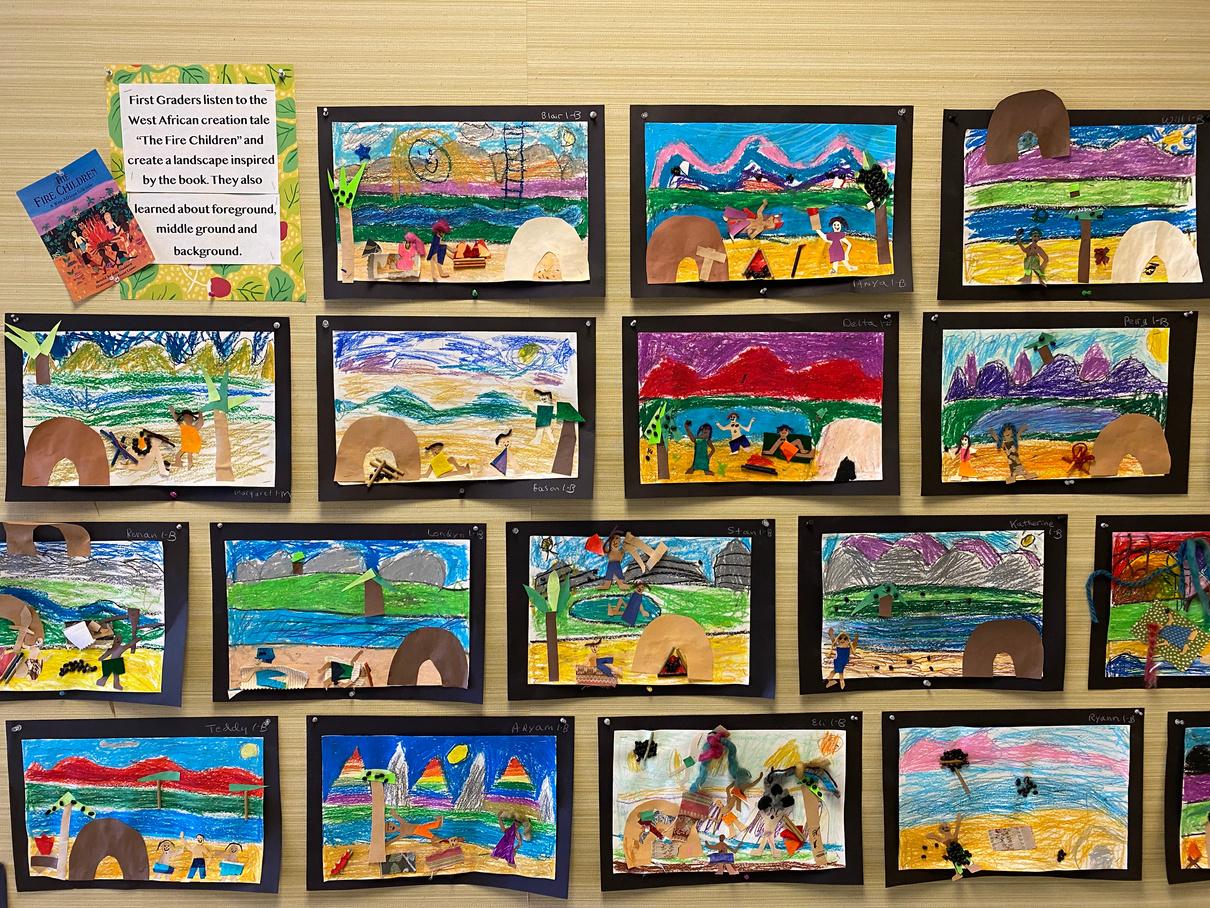1ST GRADE PROGRAM OF STUDY

2023-24 School Year




Our balanced literacy program enables students to become independent, flexible and resilient readers and writers. Children read a range of literature representing our diverse world through specific genres. They develop strong phonics, phonemic awareness, fluency, self-monitoring skills, vocabulary, and comprehension Our students understand that a text’s meaning is derived through an interchange between the reader and the text. Instruction is scaffolded so that students gradually learn to read increased text complexity Writing is taught as an explicit skill and with ample time for independent practice using mentor text to guide them. Students create authentic pieces of writing intended for specific audiences and learn how to generate writing ideas across topics and genres. Grammar is explicitly taught and is integrated in authentic writing experiences.

Reading
Develop and practice reading skills such as interpreting, reflecting, summarizing, clarifying, predicting, visualizing, and making connections

Read orally at or above grade level with speed, accuracy, and expression
Demonstrate use of phonics, word solving strategies, decoding, self monitoring and self correction
Demonstrate reading comprehension at or above grade-level
Encoding with use of spelling patterns and phonemic awareness
Writing and Grammar
Write compositions that tell a story including a beginning, middle, and end Apply knowledge of sounds and spelling patterns to write words and sentences
Edit sentences to include proper nouns Write simple dictated words and sentences with the correct letter formation, capitalization, spacing, and punctuation
Reading
Reading Workshop Model
Guided Reading Instruction
Shared Reading
Interactive Read Aloud
Collaborative Discussions
Benchmark Assessments
Independent Reading and Writing
Hands-on, Multi Sensory Approach through Michael Heggerty’s Phonemic Awareness program
Writing and Grammar
Writing Workshop Model
Genre Studies: Narrative, Expository, Opinion, and Poetry
Writing Community:
Writing Partners
Author’s Chair
First grade mathematicians are strengthening number sense and building operational fluency. They are learning addition and subtraction strategies, solving number stories, recognizing place value, and comparing numbers. Students are also exploring simple geometry, time, fractions, and money.
Exit Outcomes
Operations and Algebraic Thinking
Represent and solve problems involving addition and subtraction within 20 by using objects, drawings, and equations
Understand and apply properties of operations and the relationship between addition and subtraction to solve problems
Use a variety of strategies to fluently add and subtract within 20
Understand the meaning of the equal sign
Determine if equations are true or false
Solve the unknown in an addition or subtraction equation relating three whole numbers
Number and Operations in Base Ten
Read, write, and count to 120
Understand the relationship between digits and place value in the ones, tens, and hundreds place
Compare two-digit numbers using the symbols <, +, and >
Use a variety of strategies to add within 100, including adding a two-digit number and a one-digit number or a two-digit number and a multiple of ten
Mentally find 10 more or 10 less than a given two-digit number
Exit Outcomes
Measurement and Data
Measure lengths indirectly and by iterating unit lengths
Tell and write time in hours and half-hours using analog and digital clocks
Organize, represent, and interpret data with three categories
Begins to identify coins and their values
Begins to count coins to find a sum
Geometry
Distinguish between defining attributes versus non-defining attributes
Compose two-dimensional shapes to create a composite shape
Partition circles and rectangles into two and four equal shares and name
Number Talks
Collaborative Discussions
Spiraling Curriculum
Progress Checks
Open Response Problem Solving
Partner Work
Independent Practice
Daily Calendar Math
Manipulatives
Games
Enrichment: IXL, Redbird
In First Grade, students experience music through speech, singing, movement, and playing instruments. They will continue to develop their singing abilities through songs and games. Traditional rhythmic and melodic notation will be introduced. Students will develop their sense of beat and rhythm through folk dances and games. Through ostinatos (repeated patterns), first graders will begin to develop part independence. Over the course of the year, students will listen to a variety of music and begin to develop keen listening skills
Performs both rhythmic and melodic ostinato patterns
Reads music notation for basic rhythmic and melodic patterns
Improvises simple rhythmic and melodic patterns
Accompanies singing on instruments
Engages in folk dances with a sense for the beat and other participants
Creates motions to go along with the lyrics of a song
Listening to/singing/playing a variety of music
Engaging in creative movement, rhythmic movement, and folk dances
Playing instruments such as rhythm sticks, hand drums, and xylophones

Reading music notation
Following nonverbal cues from a conductor
Listening critically for elements of music
Performing in front of an audience
Thefirstgradecurriculumcyclesthrougha2-yearprogramofstudyinconjunctionwith secondgrade.ThefirstrotationfocusesonEarthMaterials,BalanceandMotion,and NewPlants Youngscientistswillbeginbystudyingthethreemainkindsofrocks,where theywillobserve,describe,andsortearthmaterialsbasedontheirproperties.Duringthe wintertrimester,studentswillhavefunlearningaboutbalanceandmotionbyhavingthe opportunitytoengineerdifferentmodelssuchasspinnersandmarbleruns.Inthespring, studentswilltaketheircuriosityoutsidetolearnaboutplants,theroleofeachpartofa plant,anduselighttablestowatchasplantsgrowfromseedtoflower.
ThesecondrotationincludesAirandWeather,SolidsandLiquids,andInsects.Budding scientistswillbegintheyearbylearningaboutAirandWeather.Studentswillcreateand recordtheirownweatherreports Duringthesecondtrimester,thefocuswillbeonsolids andliquids.Studentswillhavefuninvestigatingthepropertiesofsolids,liquids,and mixtures.Inthespring,studentswillputtheircuriousresearchmindstoworkby studyingthelivesofinsectsandworkingonpersonalresearchprojectsfortheirfavorite insects.
Develops an understanding of how human interactions affect nature and the environment
Discovers the properties of matter and how those properties change when acted upon
Understands how cycles explain changes in both living and nonliving things
Asks questions that demonstrate curiosity and understanding of scientific concepts
Uses standard and non-standard units to measure
Hands-on, multi sensory approach which includes experiments, construction, and arts-based projects
Creates simple models to illustrate scientific concepts
Designs and engineers prototypes using recycled materials
Draws using a “scientist’s eye”
Incorporates technology to support learning
Conducts simple research projects
When children are exposed to other languages at a young age they will be more likely to be interested in learning it as they grow older, also it helps expand their world and become more aware about other cultures and diversity. Students will begin with greetings, all about me, numbers, and colors. We will then progress to day and night, opposites, school supplies, and class furniture, Navidad, weather, winter clothes, food, ordering in a restaurant, likes and dislikes, and summer activities. Spanish class will also incorporate seasonal vocabulary, geography, art, music, customs, and food from Hispanic cultures.
Exit Outcomes
Recognizes language as a tool of communication and increases Spanish vocabulary

Begins reading and writing in Spanish
Refines pronunciation of the Spanish letters
Builds knowledge of Hispanic culture and traditions
Explores Hispanic culture and traditions
Experiences that Support Learning
Collaborative discussions
Hands-on, multi-sensory approach
Shared Reading
Interactive Read-Alouds
Modeling
Comparing and contrasting
Matching games
Role Playing Retelling
In First Grade, students continue to build upon skills developed during SK. Using the Whole Book Approach, librarians introduce students to a wide variety of diverse, awardwinning books during weekly classes First graders are now ready to discover and develop interests in book genres. Students will compare and contrast fiction and nonfiction and identify parts of a book (title, author, illustrator, main characters, setting, main idea, and plot). First graders will learn how fiction picture books are filed alphabetically by the author’s last name and will practice finding book selections using this knowledge. Students will participate in STAR Reading assessments three times a year. They are also introduced to the Accelerated Reader program. As the first trimester begins, students may check out books to keep in their classroom. After Fall Break, students may check out books to take home.
Exit Outcomes
Identify the seven main parts of a book: title, author, illustrator, characters, main idea, and plot
Discover and develop specific
interests in book genres
Expand awareness of why Formative Five traits are important
Learn how to find fiction picture books that are filed alphabetically by the author’s last name
Expand listening skills in group settings
Demonstrate age-appropriate awareness of other cultures and experiences within whole group discussions, particularly regarding DEI books and topics
Learn the locations in the library of fiction and nonfiction books for the first grade level
Learn how to take Accelerated Reader online quizzes at school after reading an AR book from the library, classroom, or from home
Learn how to take STAR Reading assessments in the library to monitor reading progress
Class read alouds each week
Sharing books from diverse authors and illustrators with students
Monthly focus on a specific Formative Five trait (empathy, self-control, integrity, embracing diversity, and grit)
Weekly class collaborative discussions related to book readings
Weekly hands-on opportunities to explore the sections of the library from which first grade readers select books
Librarian-student collaboration on books selected each week by students
Weekly checkouts of books to read in the classroom and at home with families
Incorporation of monthly DEI books to support awareness of others’ cultures, experiences, and contributions to the world at large
Participation in games and activities designed to help them learn how to find fiction picture books by the authors’ last names
Art in First Grade focuses on building skills and awareness of the art elements of line, shape, form texture, color, and design that were touched upon in kindergarten. These concepts are brought to life by pairing them with an artist or art style, a children’s book, a topic they are learning about in school, a holiday or any number of subject matter from a first grader’s world. Our expectation of children is that they do their best and that they respect the materials in the art room and each other. We hope that every child gains art making confidence and skill, and learns to love creating. Student artwork is continually displayed outside the art room. 3D projects and Holiday projects go home as they are finished; the rest of the artwork goes home at the end of the year.

Has awareness that art is a personal expression with each person creating their own unique art
Has awareness that art is created by people of many cultures around the world for a variety of purposes
Has awareness that art employs imagination and does not have to look real
Learns a watercolor and crayon painting technique called a resist
Can distinguish forms of art such as still life, portraits, landscapes, abstract art
Constructs pattern and symmetrical designs
Understands that shapes become forms when they are 3-dimensional
Draws a cylinder form
Understands that materials (like recyclables) can be transformed into objects
Understands the basic proportions of a face
Is familiar with the parts and location of parts on a face and how to make them
Understands that the sky is all around and touches the ground
Reviews primary/secondary colors, color mixing and Constructs color wheel
Creates a collograph print
Learns some basic clay skills - coil, slab, slip and score
Creates artwork with varied materials/techniques: painting using both tempera and watercolor, drawing, collage, collograph print, paper mache, oil pastels,colored pencils, markers, clay, paper sculpting, found objects, recycled materials,
Demonstrates the ability to weave
Hands-on art making experience in every class
Inclusion in all projects the students freedom to create individualized expression and content within the boundaries of the objectives of an assignment
Examples and discussion about artwork showing different styles
Examples and discussion about artwork from different countries and cultures
Modeling/demonstration of technique and correct usage of various materials
modeling/demonstration of how to identify and pick out shapes to draw objects
Modeling/demonstration of overlapping
Modeling/demonstration drawing of a face
Modeling/Demonstration drawing of a cylinder shape
Praise and use of examples of artwork of classmates
Use of examples of artifacts (for ex. Masks from all over the world)
One on one dialogue and help as needed with students to determine their goals in art and how best to achieve them
Availability of a variety of materials and visual references